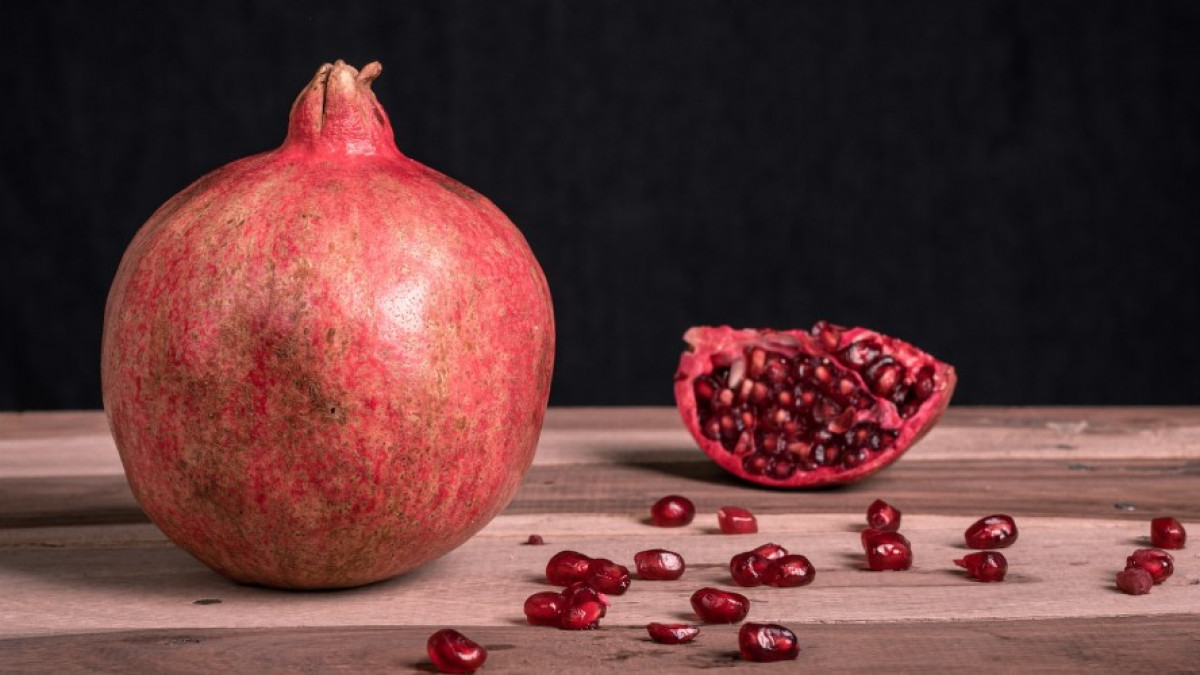How special are your speciality ingredients?

Don't wait for the next special recipe to use them...
How special are your special ingredients?
Do you have a shelf full of speciality items, or perhaps just a few stuck at the very back of the cupboard, or did you decide long ago that fancy ingredients are not your thing?
.
Quite a few people come into our shop on the hunt for speciality ingredients, and sometimes I hear complaints about hard to find items: how they are a hassle to find and a waste to use because they will only ever get used once in a fancy new recipe and then forgotten.
Usually they are special spices, seasonings and flavourings very specific to a local cuisine (say fenugreek seeds, or tamari sauce) and sometimes special varieties of certain staple ingredients (say arborio rice or puy lentils).
I have a few special ingredients in my kitchen too, but... I don't treat them as special. I use one or another (or several at once) most days, regardless what I'm cooking.
Who says you can only use miso paste in Japanese recipes? Or pomegranate in Middle Eastern ones?
Whether you are trying to substitute something that's missing, or to find ways to use up something left over, the trick is to consider what it does, or what it tastes like.
.
Let's look at some examples:
Arborio (risotto) rice a short grain type of rice that turns sticky and gelatinous as it slowly soaks up the cooking liquid resulting in that special risotto creaminess - most short grain varieties have similar properties (while long grain basmati rice has the opposite quality, remaining fluffy as it cooks).
Puy lentils are a type of lentil that hold shape rather than fall apart, so they are great for 'dry' lentil dishes, say in a tray bake or a stir fry rather than a soup. Any type of lentil that holds its shape would be a good substitute (generally dark green, speckled or black varieties).
If you are looking to substitute feta cheese (say, because you want a vegan meal or because you simply don't have any today) consider what taste you are substituting: feta is tangy and salty... a taste quality I would also recognise in olives, capers, pickles or sauerkraut, for example. (Maybe you can think of other ingredients with a similar taste profile that you are familiar with.)
Back to those speciality ingredients: while they may be associated with a specific regional cuisine or even a specific dish, you don't need a speciality recipe to use a speciality ingredient.
.
Here are some of my favourite everyday 'special' ingredients:
Pomegranate molasses
Pomegranate juice reduced (i.e. boiled down) to a syrup (some brands add extra sugar, I prefer to avoid that). It makes an appearance in many Middle Eastern recipes, and is one of the star ingredients in the iconic Persian fesenjan stew.
It tastes a fruity and tangy, and I use it anywhere where a quick dash of sweet & sour seems like a good idea: in a salad dressing, a marinade or as a glaze for meat or fish, and in stir fries. I particularly like it with stir-fried cabbage and on grilled aubergines.
Miso paste
A Japanese condiment made from fermented rice, sometimes with other grains added. Traditionally used in broths and soups - you might have had a cupful of miso broth in a sushi restaurant.
Deeply savoury, it adds a hit of umami savouriness to anything - could be a dressing, a sauce, or added to a soup, a stew or a stir fry. The dark varieties are richer and saltier, the white variety is lighter and sweeter, making it more suitable for more delicate dishes and sauces. (I have also been seen smearing straight miso on my hard-boiled eggs.)
Ume shiso seasoning
A Japanese seasoning, and probably the most obscure ingredient on this list. It's the liquid produced during the fermentation of plums for umeboshi paste (another condiment).
I only discovered this because one of our shop customers asked for it (this always gets me curious). He said they use it on everything because it makes everything better - of course I had to try this!
It tastes salty and tangy, and it's no wonder it makes everything better: a bit of extra salt and a bit of extra acidity will indeed lift and balance the taste of almost anything.
Tahini paste
This sesame paste has become almost as famous as the chickpea hummus it is an integral part of.
We like using it to add creaminess to dressings (amazing combined with miso and lemon juice, aka magic sauce) or just drizzled on a stir fry. Also lovely on a dessert, drizzled on ice cream or thick yoghurt with honey.
Fenugreek
Known as methi on the Indian subcontinent, fenugreek seeds (and sometimes leaves too) are a common ingredient in curry and dhal recipes.
Its taste is often described as bittersweet; I find it adds a lovely savouriness all around, so I use it often in all sorts of dishes, just because I like it!
.
These are obviously just my favourites. I'm not saying you should go out and buy any of these.
What I'm suggesting is that you have a look in your cupboard, pull out those speciality ingredients hiding at the back, give them a sniff and a taste and start using them up wherever you think the taste and aroma might go well with what you have cooking - regardless the recipe.
Tune into your sense of taste and trust your intuition: if you think something may go well with something else you are probably right!
(If the thought of possibly 'ruining' the whole pot with your experiments seems too risky, practice by trying a dash or a pinch on just a spoonful first.)
Go on, give it a try!
Categories: : (RE)THINK


 Katerina Pavlakis
Katerina Pavlakis 
